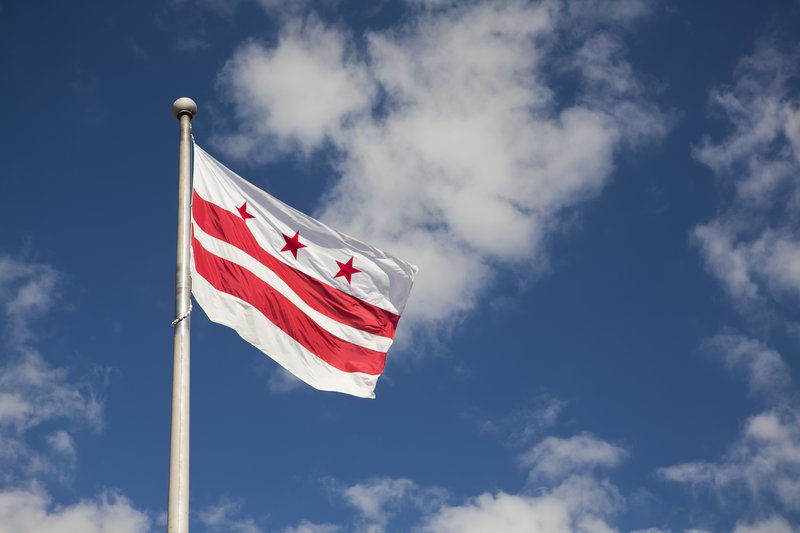The Senate Has Always Favored Smaller States. It Just Didn’t Help Republicans Until Now.
Article/Op-Ed in FiveThirtyEight

July 29, 2020
Lee Drutman published a piece on Senate malapportionment in FiveThirtyEight.
Even if D.C. or Puerto Rico were states (as some on the left advocate), Republicans would still have the advantage. It’s true that the statehoods of D.C. and Puerto Rico would help Democrats close the small-state gap, but even if both were states and elected two Democratic senators, Republicans would still have had a two-seat majority in 2019, while only representing 48 percent of the population.
The Senate has always held a contested place in America’s democratic system because of its non-proportional qualities. For the first half of the 19th century, the Senate was a bulwark for the South, with an equal balance of slave and free states despite the growing Northern population advantage. And in the second half of the 19th century, Republicans attempted to “stack” the Senate by admitting a large number of Republican states into the union, starting with Nevada in 1864 (population of just 6,857(!) in the 1860 census), Nebraska (1867), Colorado (1876), Montana, Washington, and North and South Dakota as separate states in an 1889 omnibus, and Idaho and Wyoming in 1890.
But despite rising prairie populism spreading through the Great Plains to the Mountain West in the 1890s, Republicans’ hopes for a stacked Senate didn’t work out quite as planned. And thanks to the way the American two-party system developed in the 20th century, with Democrats and Republicans both containing urban liberal and rural conservative wings, the small-state bias of the Senate never became a real partisan issue — until now. It will likely remain an issue, too, as long as one party is able to win a majority in the chamber while only representing a minority of the population.